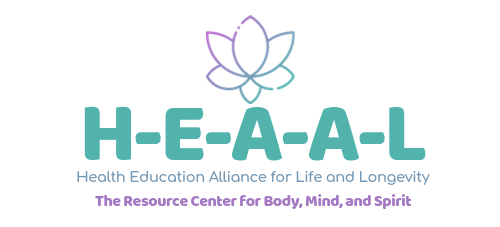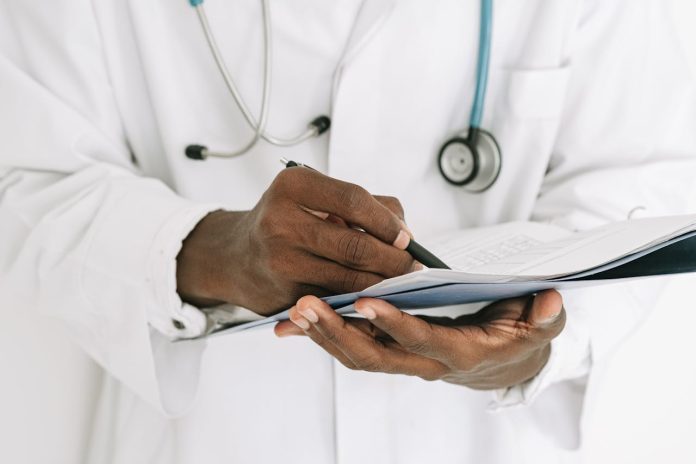In times when workplace health and safety are more important than ever, pre-employment medical testing is undergoing rapid evolution. What was once a straightforward health check has become a powerful tool for creating safer, more inclusive, and productive work environments. But the real story? It’s about where we’re headed next.
From wearable tech to AI-driven assessments, the future of pre-employment medicals in Australia is anything but boring. Whether you’re a jobseeker, HR manager, or business owner, it pays to keep an eye on the shifts shaping this space.
Let’s explore the emerging trends and technologies redefining the future of pre-employment medical testing—and what they mean for both employees and employers.
Table of Contents
Trend 1: Emerging Telehealth and Virtual Assessment
The past few years have seen a surge in the use of telehealth, and pre-employment medical is no exception. Although a complete physical examination can never be omitted, a large part can be organised online.
- Online Triage and Questionnaires: We already have advanced online platforms where, without leaving the house, candidates can fill out a detailed medical history questionnaire. Such responses can then be triaged by using AI software to identify areas that need further investigation during a follow-up physical examination. This simplifies the whole procedure and minimises bureaucracy.
- Virtual Consultations of Non-Physical Matters: In the case of a mental health check-up or an in-depth verbal conversation regarding health background or illness, virtual consultations with occupational health experts are increasingly practised. This is more flexible for candidates, especially those in regional or remote parts of Australia, as it saves on time and travel costs.
- Remote Monitoring Integration (Future Glimpse): Envision a future where specific physiological indicators can be measured remotely using certified devices in particular roles, and continuous fitness-for-duty assessments can be provided. It is a more long-term vision, but the underlying technology for remote patient monitoring is already in place.
Trend 2: Predictive Analytics and AI in Smarter Assessment
Artificial intelligence (AI) is no longer used only to automate resumes, but is also the future of pre-employment medical screening.
- Smart Risk Evaluation: AI can analyse terabytes of de-identified information to identify patterns and determine potential risks associated with specific health profiles and work requirements. It does not imply that AI will be used to make the hiring decision. Still, it can help occupational health professionals gather more specific information, allowing them to concentrate on what is more relevant.
- Individualised Assessment Pathways: AI might also assist in making the pre-employment medical even more individualised and help the individual find the right job. If a candidate’s self-reported history or initial screening flags a particular area, the AI could suggest specific follow-up tests, making the process more efficient and relevant.
Trend 3: Using Wearable Technology to Conduct Functional Evaluations
Wearable technology is making its way into occupational health and is no longer only for fitness enthusiasts.
- Wearable Technology: Wearable sensors can provide objective functional data on a candidate’s posture, movement, and effort during simulated job duties, which is helpful for physically demanding professions. Instead of relying solely on subjective observation, this approach provides a data-driven assessment of functional capacity. Consider sensors that measure reaching, lifting, and bending on limbs or a vest.
- Beyond the Static Test: Wearable technology may provide a more dynamic and practical insight into how a candidate’s body functions under particular work situations, revealing minor limitations that might not be apparent in a typical clinical context, even though traditional musculoskeletal tests remain valuable.
- Privacy Considerations Remain Key: The use of such technology will, of course, necessitate robust discussions and strict protocols regarding data privacy, consent, and how this sensitive health information is stored and utilised by Australian privacy laws.
Trend 4: Priority on Whole Health, including Mental Health
The realisation that mental health is just as important as physical health in the workplace is gaining traction.
- Holistic Mental Health Screening: We can expect the screening process to further become holistic in mental health during pre employment medical, especially in those high stress, high emotions, high responsibility positions (e.g.: first responders, front line medical workers, etc.). This is more about evaluation rather than diagnosis; however, it involves evaluating resilience, coping strategies, and possible stressors.
- Wellbeing Baselines: These tests may be used to determine a baseline of an employee’s mental wellbeing when they begin their term of employment. This may be useful not only to the employer (in giving proper support) but also to the employee (in showing changes in mental health that may be attributed to work).
- Not Stigma, but Support: There is an increasing tendency to apply these insights as a way of providing proactive support and reasonable adjustments to remove barriers to employment.
Looking for the Future
The message to job seekers is simple: do not lie, read the job description carefully, and view the pre-employment medical as an opportunity to find a suitable fit safely.
The future of pre-employment medicals entails embracing innovation while maintaining the spirit of safety, fairness, and privacy for Australian employers and occupational health providers. It is all about using technology to devise more efficient, precise, and comprehensive assessments, which eventually result in healthier and more productive working environments in the country. There are promising times and even brighter ones ahead.




